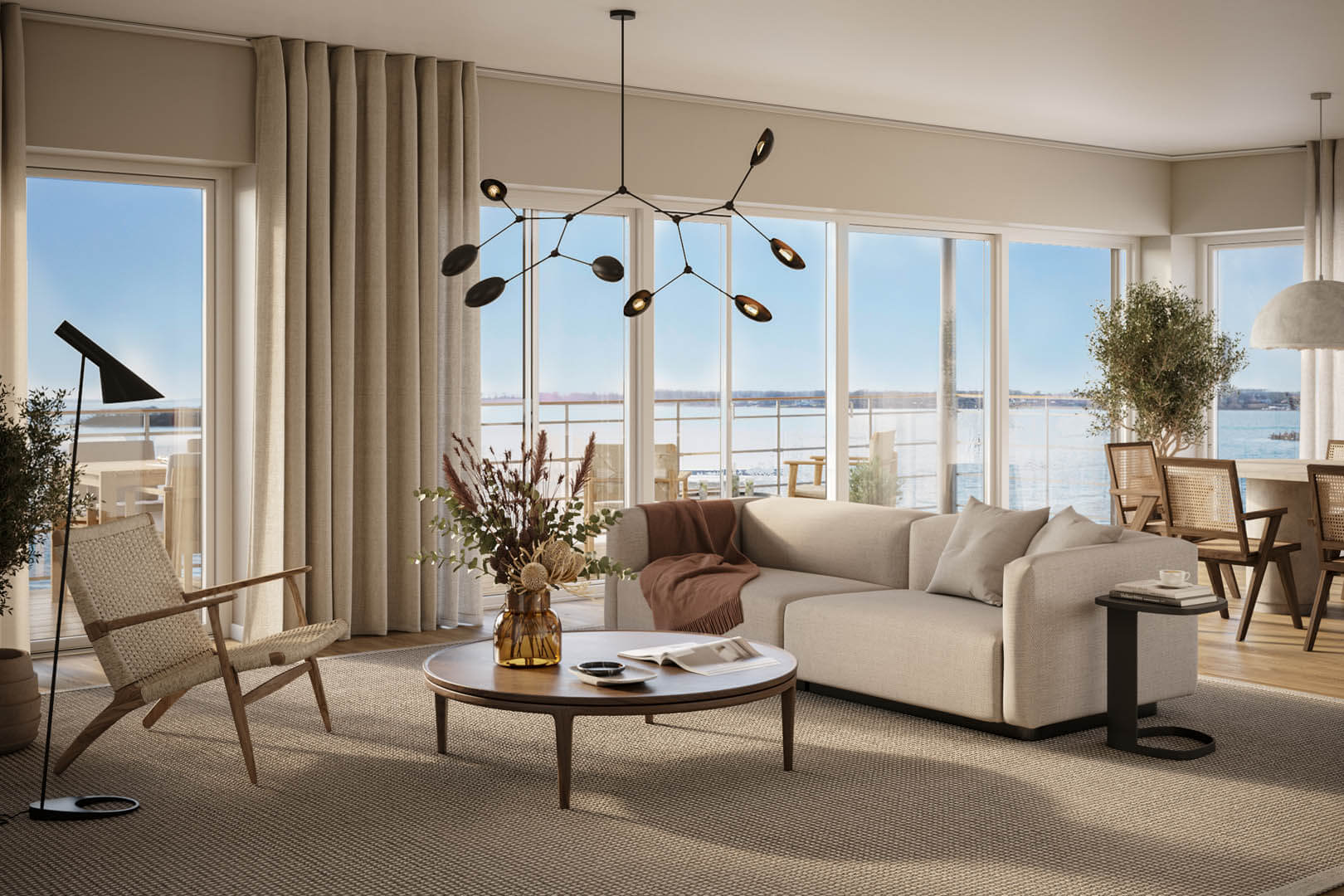In the realm of real estate, tourism, and even product showcasing, 3D visualization has ushered in a new era of immersive experiences through virtual tours. This article explores how 3D visualization is revolutionizing the concept of virtual tours, offering unprecedented levels of engagement, realism, and interactivity.
1. Beyond Static Imagery
Traditional property listings or product presentations often rely on static images, limiting the viewer's ability to truly experience the space or object. 3D visualization transforms these experiences by providing dynamic, interactive virtual tours. Viewers can navigate through spaces, explore details, and gain a comprehensive understanding that goes beyond the constraints of static imagery.

2. Realistic Property Exploration
For the real estate industry, 3D visualization has become a game-changer in property showcasing. Potential buyers or renters can virtually walk through a property, inspecting each room from various angles. The realism of the virtual tour allows viewers to gauge spatial relationships, assess the flow of the layout, and envision themselves within the space, fostering a deeper connection with the property.
3. Interactive Product Showcases
In the retail and e-commerce sectors, 3D visualization elevates product showcases. Instead of merely displaying images, businesses can offer interactive 3D tours that allow customers to rotate, zoom in, and explore every angle of a product. This level of interactivity enhances the online shopping experience, reducing uncertainties and increasing confidence in purchasing decisions.
4. Virtual Tourism
The travel industry benefits from 3D visualization by providing virtual tourism experiences. Users can explore destinations, historical sites, or landmarks as if they were physically present. This immersive approach not only serves as a marketing tool for travel agencies but also allows potential tourists to preview and plan their visits with a more accurate sense of what to expect.
5. Architectural Visualization for Project Previews
Architects and developers use 3D visualization to offer clients and stakeholders a sneak peek into future projects. Virtual tours enable stakeholders to virtually walk through buildings that are still in the planning or construction phase. This not only aids in project approvals but also allows for valuable feedback and adjustments before the actual construction begins.
In summary, 3D visualization is reshaping the concept of virtual tours across various industries, providing engaging, realistic, and customizable experiences that cater to the evolving preferences of modern consumers and users.